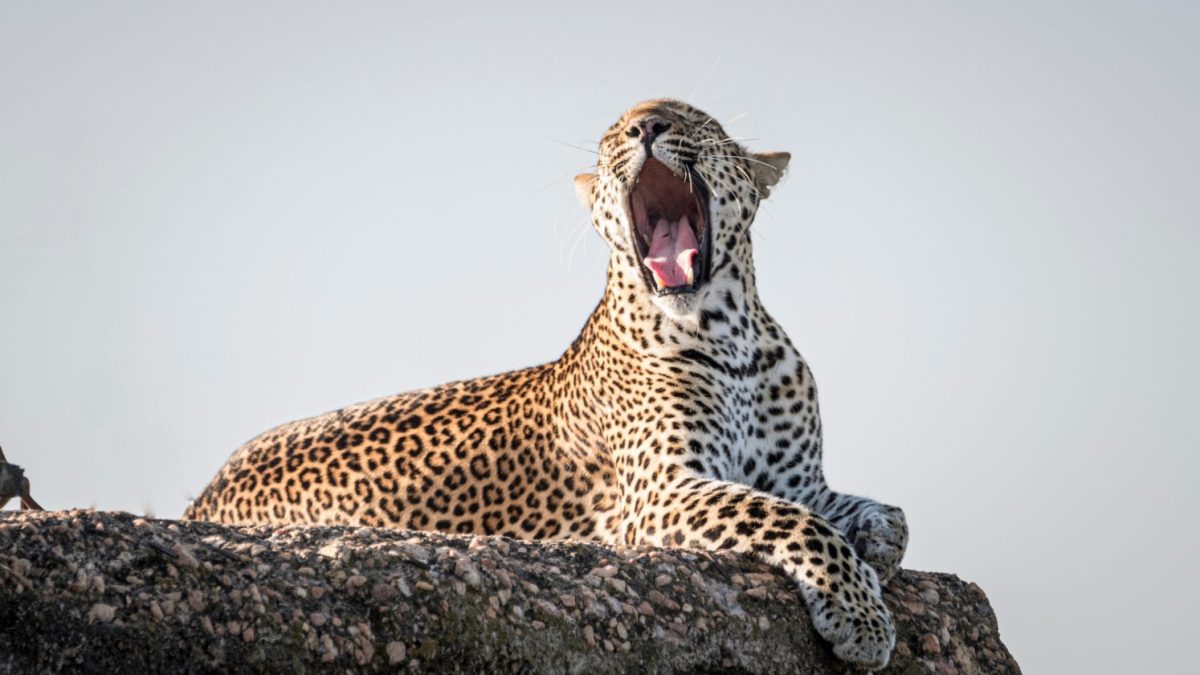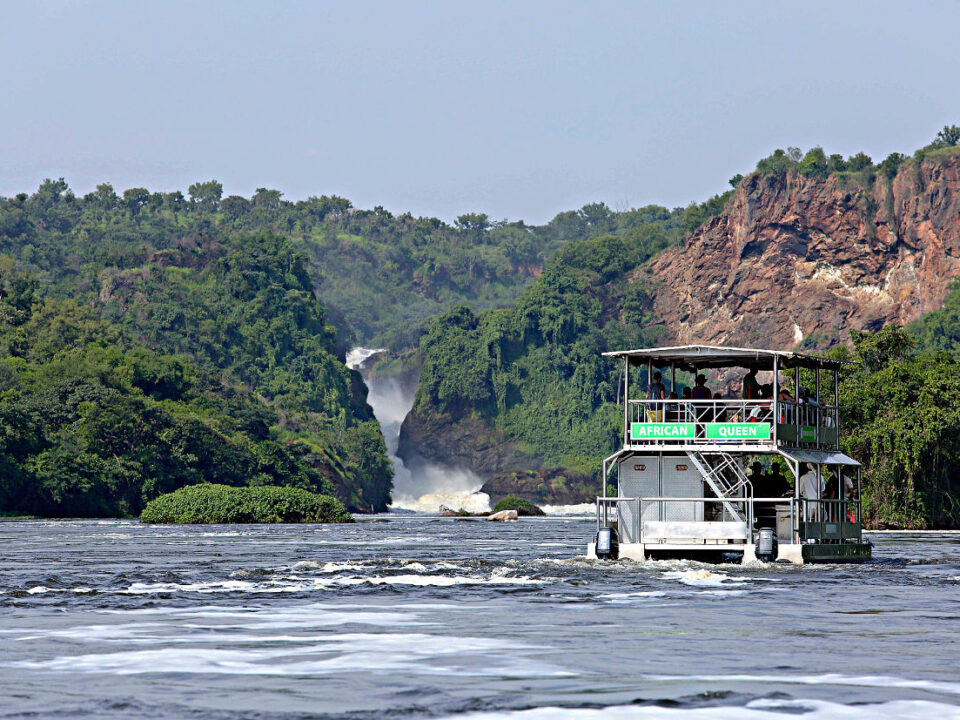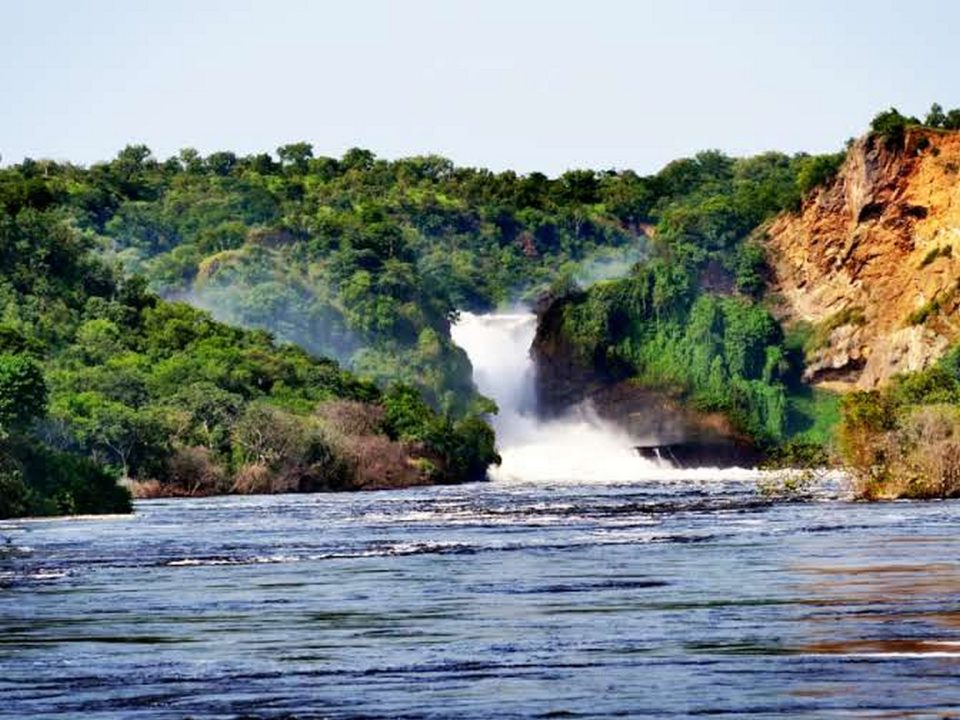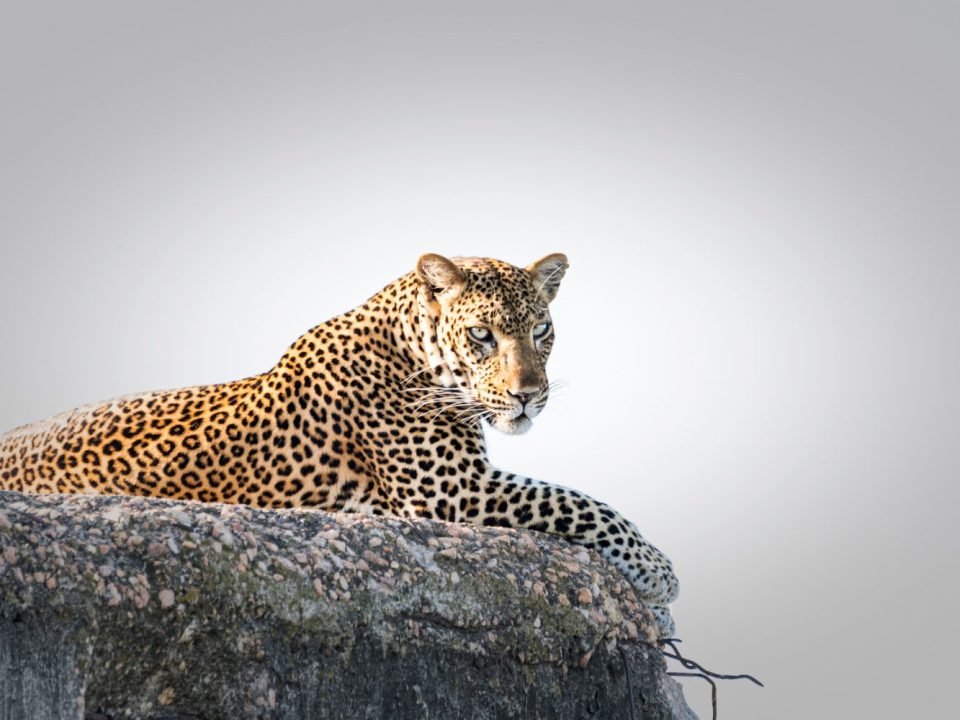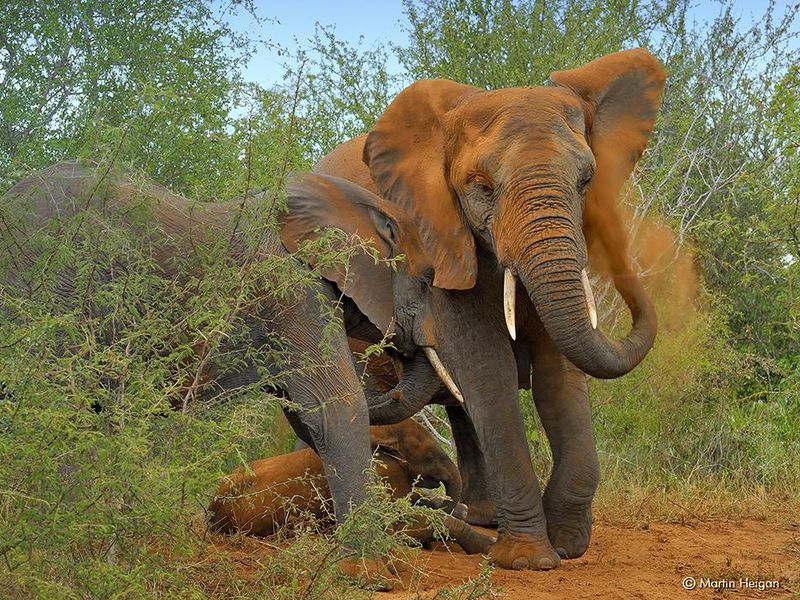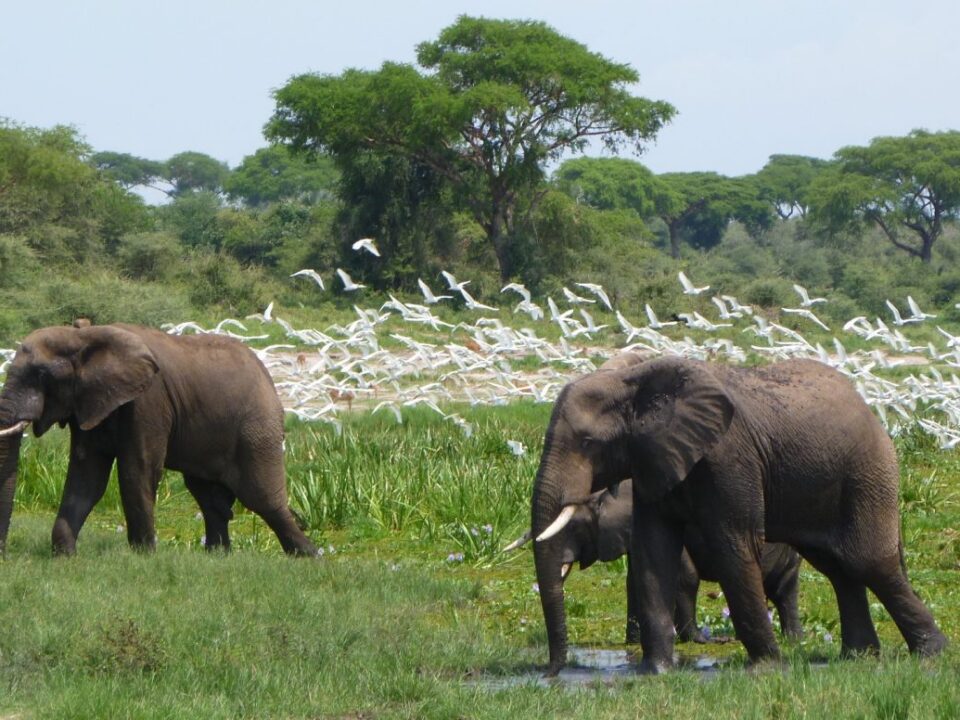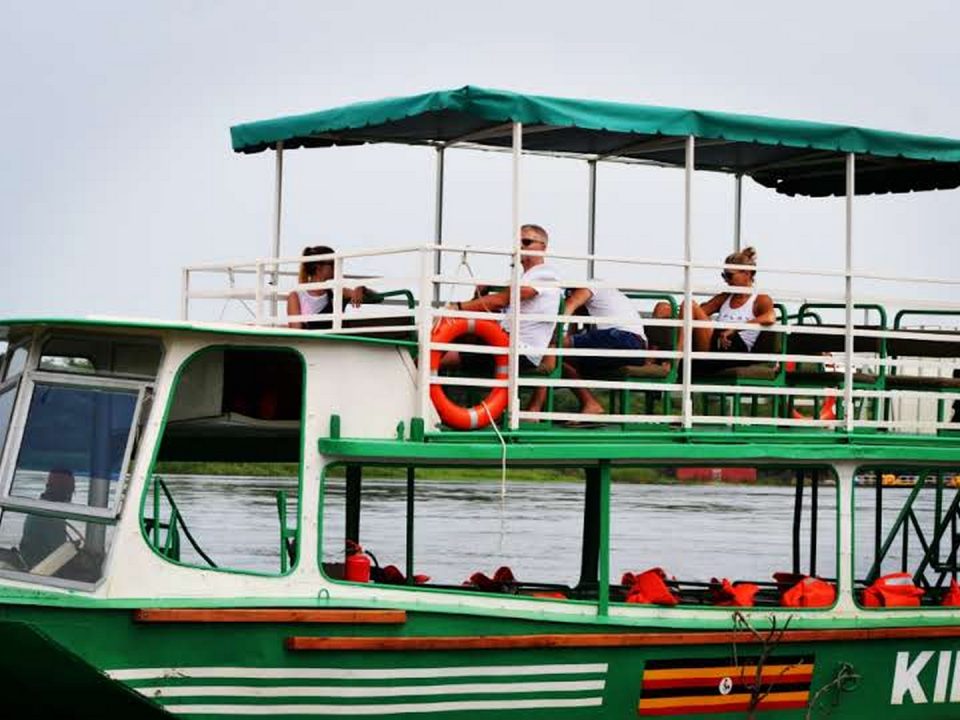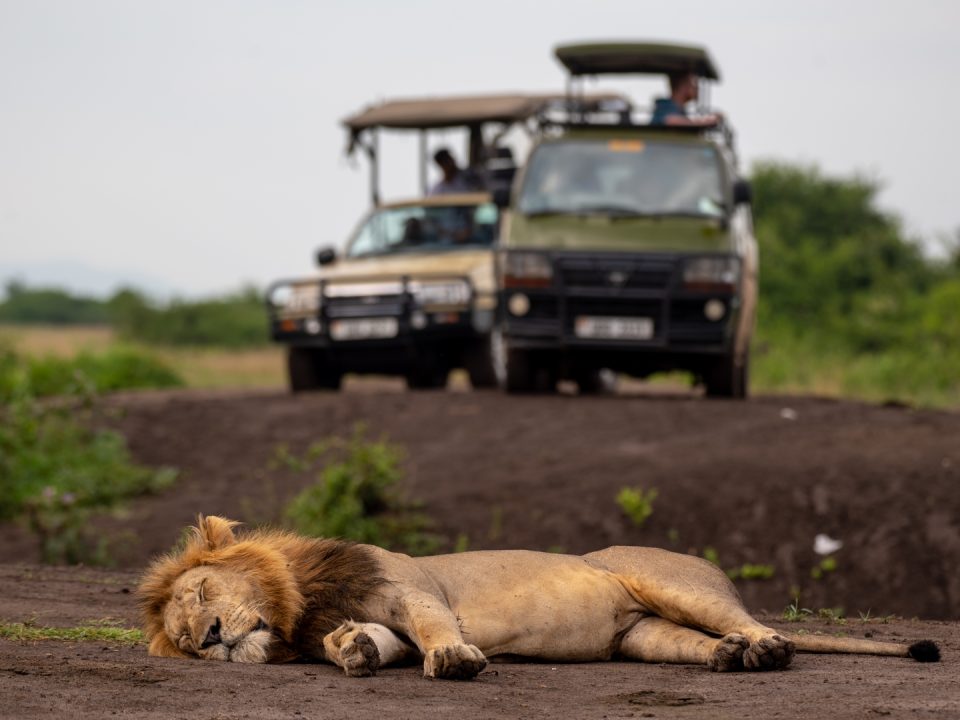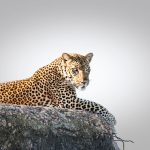
Can I Visit Murchison Falls National Park on My Own, or Do I Need a Tour Operator?
April 4, 2025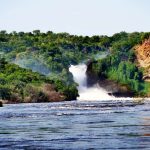
How Murchison Falls National Park is Protecting Its Wildlife?
April 4, 2025What Conservation Efforts Are in Place in Murchison Falls National Park?
What Conservation Efforts Are in Place in Murchison Falls National Park? Murchison Falls National Park, located in the northwest region of Uganda, is one of the country’s most iconic and diverse wildlife reserves. Known for its awe-inspiring Murchison Falls, where the Nile River forces its way through a narrow gorge, this park is also home to an impressive range of wildlife, including elephants, lions, giraffes, and numerous bird species. However, like many other wildlife-rich areas, Murchison Falls National Park faces the ongoing challenge of conserving its vast biodiversity amidst growing pressures from human activity, climate change, and poaching. In this comprehensive analysis by Deks Safaris and Tours Ltd., we delve into the conservation efforts being implemented to preserve this critical ecological gem, highlighting the key initiatives and strategies in place.
Exceptional Uganda Safari Packages to Murchison Falls National Park
- 6 Days Uganda Adventure Tour
- 6 Days Uganda Safari
- 7 Days Uganda Safari
- 7 Days Uganda Tour
- 8 Days Uganda Safari
- 8 Days Uganda Tour
- 9 Days Uganda Safari
- 9 Days Uganda Wildlife Tour
- 15 Days Best of Uganda Safari
- 15 Days Ultimate Uganda Safari
- 21 Days Around Uganda Safari
- 21 Days Uganda Safari
- 3 Days Bwindi Gorilla Trekking
- 4 Days Uganda Safari
- 4 Days Gorilla Trekking Safari
- 5 Days Uganda Tour
- 5 Days Uganda Safari
The Role of Murchison Falls National Park in Uganda’s Biodiversity
Murchison Falls National Park is the largest protected area in Uganda, covering an area of about 3,893 square kilometers. Its varied ecosystems range from savannah to forests, wetlands, and grasslands, creating a rich habitat for a wide range of species. This park is particularly known for its role as a haven for large mammal species, including the “Big Five” (lion, leopard, elephant, buffalo, and rhinoceros), although rhinos have been reintroduced in the nearby Ziwa Rhino Sanctuary. It also hosts an incredible array of bird species, some of which are endemic to the region, as well as primates like baboons and chimpanzees.
The park’s diverse ecosystems, along with the riverine habitats provided by the Victoria Nile, contribute significantly to Uganda’s national biodiversity. This immense ecological value has made Murchison Falls National Park a critical area for both local and international conservation efforts. Ensuring the sustainability of these habitats and protecting the species that rely on them requires careful planning, monitoring, and collaboration between local communities, national authorities, and international conservation organizations.
Anti-Poaching Efforts: Safeguarding Murchison Falls’ Wildlife
Poaching remains one of the most significant threats to wildlife conservation in Murchison Falls National Park. Illegal hunting for bushmeat, ivory, and other animal products has posed severe risks to the park’s biodiversity. To combat this, the Uganda Wildlife Authority (UWA) has put in place a comprehensive anti-poaching strategy. This includes the use of ranger patrols, community engagement, and technological tools to detect and prevent illegal activities within the park.
Ranger patrols are fundamental to the success of Murchison Falls’ anti-poaching efforts. UWA has a dedicated team of rangers who are trained to handle the challenges of safeguarding such a vast and varied terrain. These rangers use a combination of foot patrols, vehicle patrols, and aerial surveillance to monitor the park’s boundaries and identify potential threats. The introduction of modern tools such as GPS tracking systems, drones, and camera traps has enhanced the rangers’ ability to track poachers, monitor animal movements, and ensure that wildlife populations remain stable.
Community engagement is also crucial in Murchison Falls’ anti-poaching efforts. UWA works closely with local communities surrounding the park to raise awareness about the importance of wildlife conservation. By providing alternative livelihoods, such as eco-tourism and sustainable agriculture, UWA has been able to reduce the economic incentive for poaching. Through education, local communities are encouraged to protect their natural heritage and become partners in preserving the park’s biodiversity.
The Role of Eco-Tourism in Conservation: Sustainable Travel and Community Benefit
Eco-tourism plays a critical role in the conservation strategy for Murchison Falls National Park. As a premier destination for wildlife enthusiasts, Murchison Falls attracts tourists from around the world who contribute to the park’s economy. The funds generated from park entrance fees, accommodation, and safari activities are reinvested into conservation efforts and the local community. This form of sustainable travel supports both biodiversity conservation and socio-economic development, creating a win-win situation for all stakeholders.
Eco-tourism in Murchison Falls has been designed to minimize negative environmental impacts while maximizing the benefits to both wildlife and the local population. Tourists visiting the park are encouraged to respect the park’s natural resources, follow park guidelines, and support sustainable practices. Activities such as game drives, boat cruises along the Nile, and guided nature walks all contribute to a better understanding of the importance of preserving wildlife and habitats.
Furthermore, the benefits of eco-tourism extend directly to local communities. Jobs are created in areas such as hospitality, guiding, and transportation, while local businesses supplying food, crafts, and other goods also thrive. By sharing the economic benefits of eco-tourism with surrounding communities, Murchison Falls National Park fosters a culture of conservation and creates an incentive for locals to actively participate in safeguarding the park’s biodiversity.
Habitat Restoration and Protection: Ensuring Long-Term Sustainability
Habitat destruction, whether due to agricultural expansion, grazing, or deforestation, can have severe consequences for the wildlife in Murchison Falls National Park. In response, UWA has implemented several habitat restoration programs aimed at maintaining the park’s diverse ecosystems and protecting critical wildlife corridors.
One of the most important conservation efforts in this regard is the restoration of riverine habitats along the Nile. These habitats provide essential resources for a variety of species, including aquatic life, birds, and mammals. UWA has initiated programs to prevent over-exploitation of these riverine zones, reduce pollution, and manage invasive plant species that threaten the park’s natural vegetation.
In addition to restoring riparian zones, UWA is actively working to protect the park’s forest and savannah areas from encroachment. This is achieved through better land management practices, reforestation programs, and the enforcement of laws against illegal logging and land clearing. These efforts are essential not only for wildlife but also for mitigating climate change, as these ecosystems help absorb carbon dioxide and regulate local weather patterns.
Murchison Falls National Park and Gorilla Trekking: A Unique Conservation Link
While Murchison Falls is famous for its savannah wildlife, it is also a gateway for travelers on their way to other notable destinations in Uganda, including Bwindi Impenetrable Forest, one of the world’s most famous gorilla trekking locations. Travelers can embark on an unforgettable journey from Murchison Falls to Bwindi, experiencing a unique conservation link between the two parks.
Bwindi Impenetrable National Park is a UNESCO World Heritage Site and a critical conservation area for the endangered mountain gorilla. Both parks share a common goal: the preservation of endangered species and habitats. The experience of gorilla trekking in Bwindi, where visitors can observe mountain gorillas in their natural environment, has become an essential part of Uganda’s conservation narrative. The funds generated from eco-tourism activities like gorilla trekking contribute directly to conservation efforts, such as anti-poaching activities and habitat protection, not just in Bwindi but also in other protected areas like Murchison Falls.
Collaborative Conservation: National and International Partnerships
Conservation efforts in Murchison Falls National Park are not limited to local authorities and communities. Uganda Wildlife Authority works closely with international conservation organizations such as the World Wildlife Fund (WWF), the Wildlife Conservation Society (WCS), and the International Union for Conservation of Nature (IUCN) to enhance conservation strategies, secure funding, and implement best practices.
Additionally, partnerships with organizations that focus on anti-poaching, wildlife protection, and community development are vital. These collaborations allow for knowledge-sharing, resource mobilization, and the implementation of cutting-edge conservation technologies. For example, the use of satellite imagery and data analysis has enabled park authorities to monitor wildlife movements, detect illegal activities, and predict potential threats to the park’s biodiversity.
Conclusion: The Path Forward for Murchison Falls Conservation
Murchison Falls National Park is a vital ecological treasure that requires constant protection and sustainable management to ensure its survival for future generations. The combination of anti-poaching efforts, eco-tourism, habitat restoration, and community engagement creates a strong foundation for conservation in the park. By investing in these strategies, Uganda is securing a future for Murchison Falls’ diverse wildlife and ensuring that the park remains a thriving destination for travelers and wildlife enthusiasts alike.
At Deks Safaris and Tours Ltd., we are proud to offer our clients the chance to experience Murchison Falls National Park while supporting its ongoing conservation efforts. Through responsible travel and a commitment to preserving nature, we can all play a part in ensuring that this remarkable park continues to inspire future generations. Whether you’re trekking to see the iconic falls, spotting wildlife, or continuing your journey to Bwindi for gorilla trekking, every visit contributes to the long-term health of Murchison Falls National Park and Uganda’s natural heritage.

